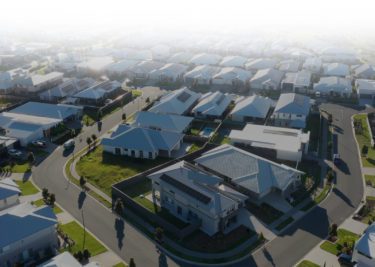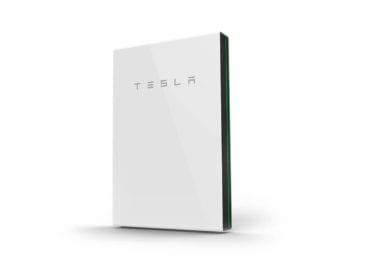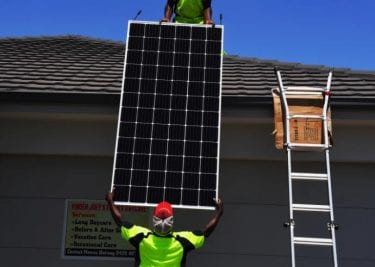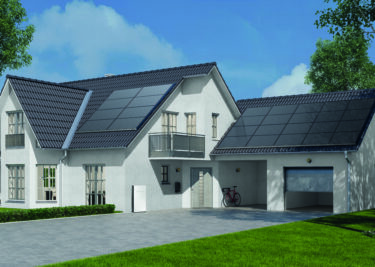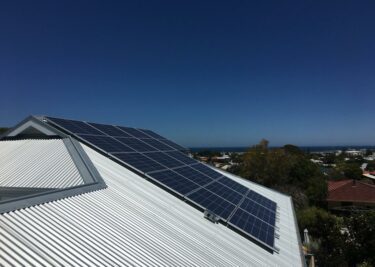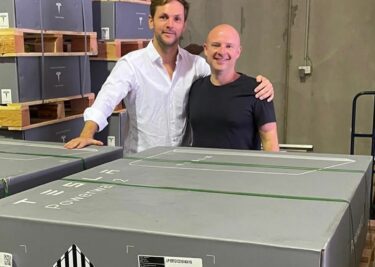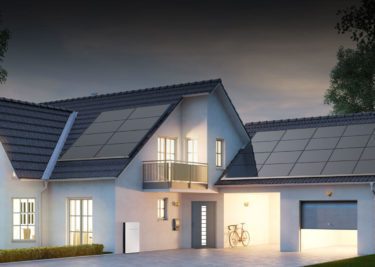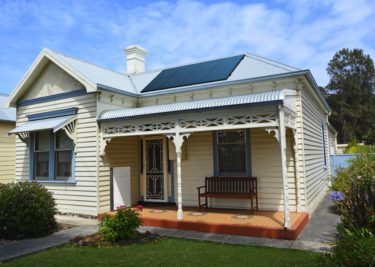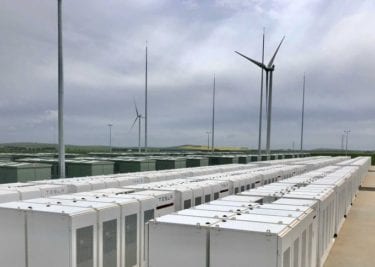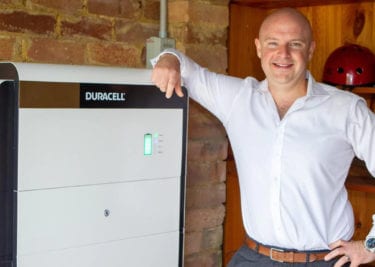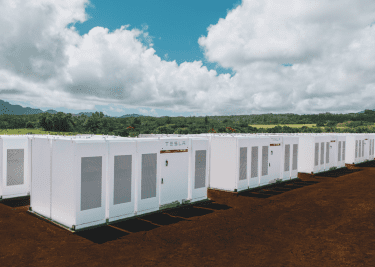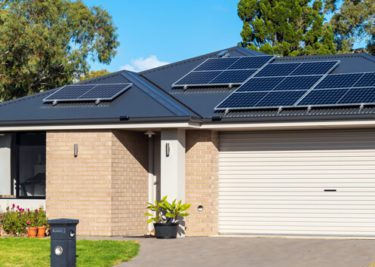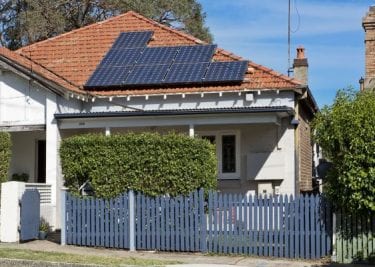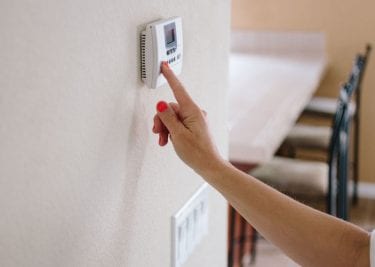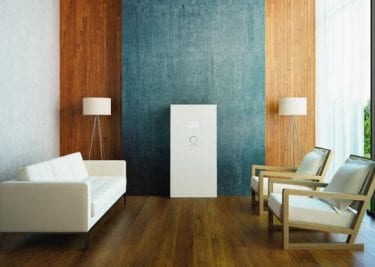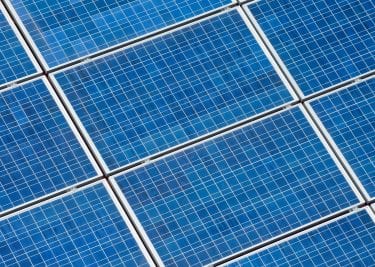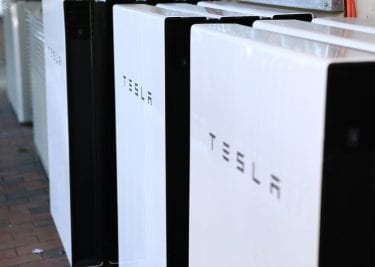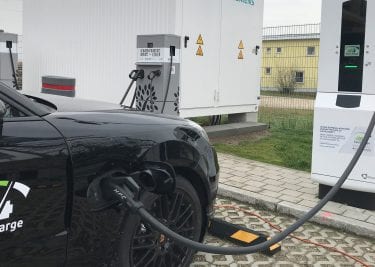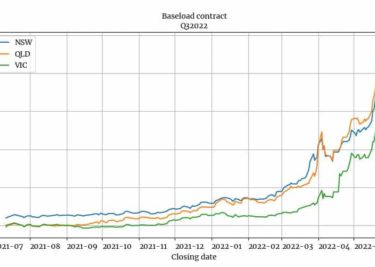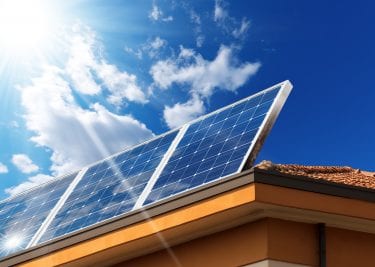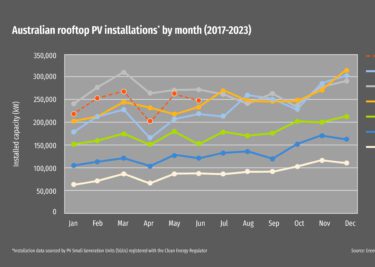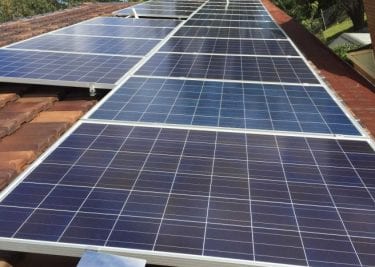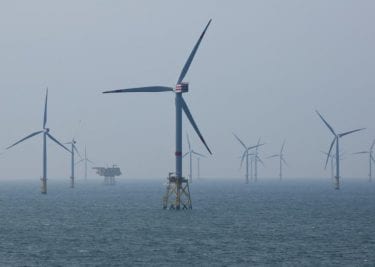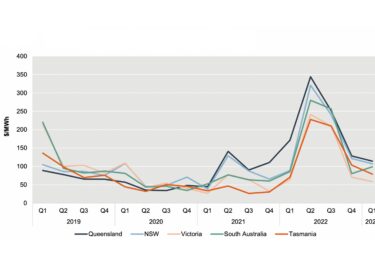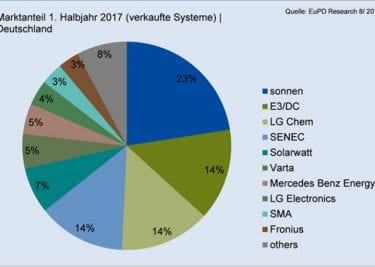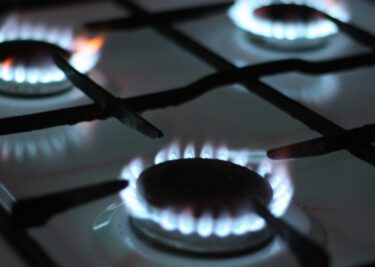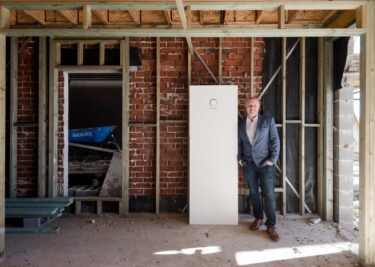A dry and hot summer is looming, increasing the risk of bush fires and power outages. The forecast from Australian authorities paints a grim picture for many Australian households, but solar and home batteries are ready to support the grid, maintain services, and drive down the cost of keeping cool.
Although the Australian Bureau of Meteorology hasn’t yet declared an El Niño, it released an alert pinning the chances at 70%. Meanwhile, the World Meteorological Organization declared an El Niño more than a month ago. Another data drop in the past weeks from the Bureau put the chance of higher than usual maximum temperatures as “very likely (greater than 80% chance) for almost all of Australia.”
And while each El Niño is different, it broadly indicates less rainfall. It also means a higher chance of hotter and drier conditions is high for eastern Australia in 2023/24. The increased temperatures and drier conditions are expected to lead to more frequent and intense heat waves, bushfires, and droughts. And with global sea surface temperatures the highest on record, the message is simple: it’s going to be hot, folks.
Grid impacts
As a result of the soaring mercury, expectations are for significant air conditioning load particularly during the hottest days. With the accelerated electrification of homes – in itself an exciting and positive development – big electricity demand peaks are likely, putting strain on an already fragile grid.
At best, it’ll mean no respite for grid operators and likely lead to some power price peaks for utilities to pay. At worst, the increased demand places a risk of power outages in some areas.
Since the mid-2010s, power outages in Australia have been on the increase – primarily as a result of the stresses placed on it from extreme weather events. As an example, in the Ausgrid network – which covers 22,275 km2 throughout Sydney, the Central Coast and the Hunter Valley – there was a sharp increase in outages between 2015 and 2020 (the yellow bars in the chart above).
These outages, also drawing on Ausgrid data (below), often occur in the afternoon and early evening – when homeowners return to a hot house and crank up the air conditioning.
While Ausgrid and other network operators in Australia have made progress in making improvements to their poles, wires and other infrastructure, extreme heat and things like bushfires pose an extreme challenge. And efforts to bolster electricity networks come at a cost.
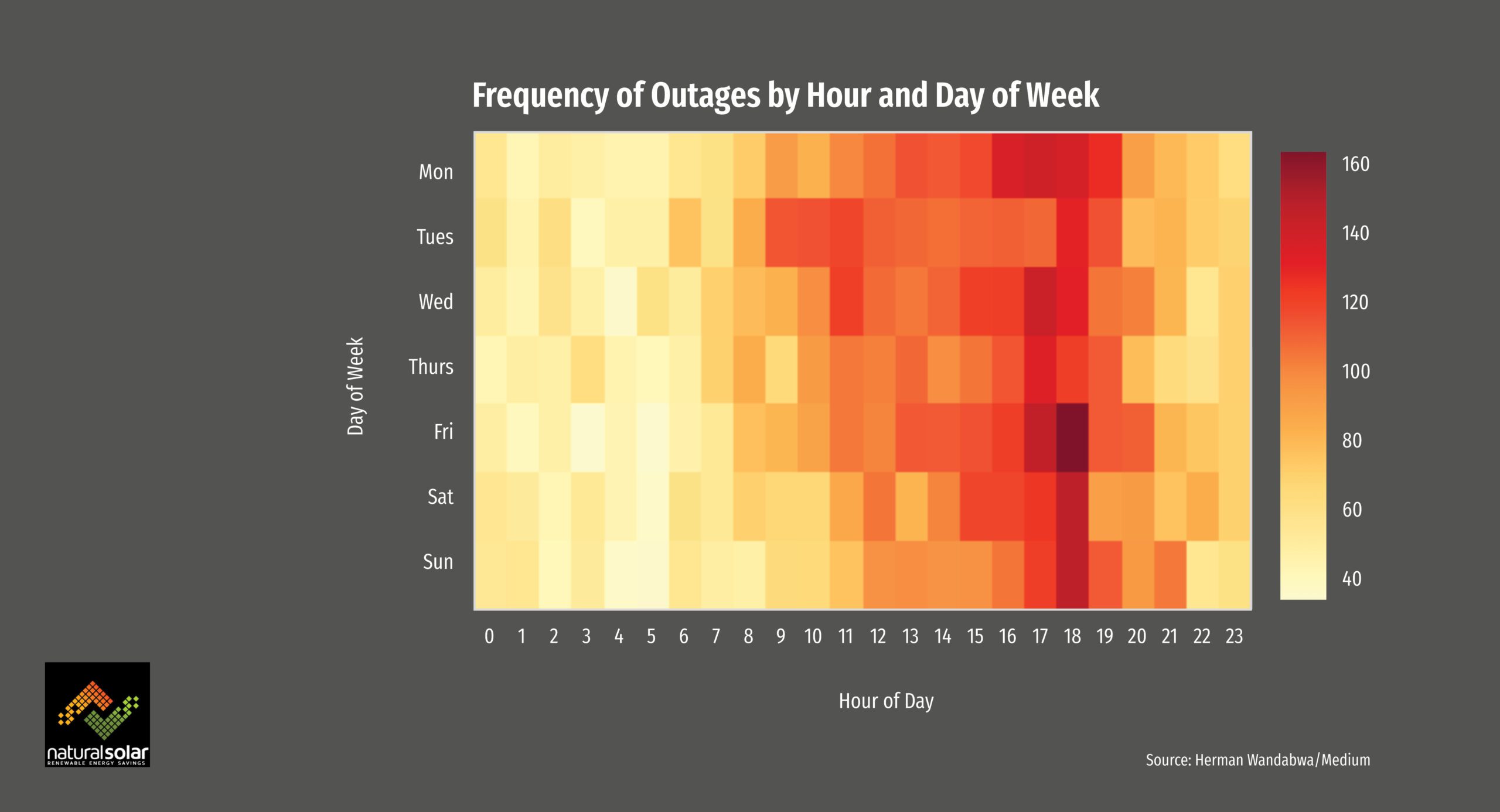 Price surge
Price surge
High power prices have already hit many Australian households. 2023 alone has seen power hikes of up to 25% in many parts of the country already. Those costs mean turning on the air conditioning isn’t cheap, but it’s an almost essential part of summer for many households.
To combat these high power prices, many Australians are investing in rooftop solar and home battery systems. These systems deliver lower energy costs along with the additional benefits of supporting the electricity network, providing backup power to households and helping the environment through generating clean energy.
Australia already has the highest uptake of solar PV systems globally, with around 3.4 million rooftop installations in use. Part of that is due to the abundant sun and a desire to take part in the global fight against climate change. And, admittedly, part of it is due to government financial incentives for solar and battery storage, such as the Solar Credit Scheme and the Small-scale Renewable Energy Scheme that help makes systems in Australia financially very attractive.
Solar systems can be installed in two ways: standalone rooftop solar systems or solar backed up with storage, such as a Tesla Powerwall, or a new Enphase IQ Battery 5P, which is modular and can stack to provide even more backup power.
On its own, a standalone rooftop solar system can easily supply sufficient power to a household to operate multiple loads in a house, including an air conditioner, washing machine, lighting, refrigeration, and more. That provides useful comfort but may well be critical for some households.
State of the art in solar
The very latest in solar panels deliver impressive power for their size and efficiency, including the 1KOMMA5° all black module, which is freshly certified by Australian authorities and available today. For households, that means less roof space is needed for sufficient power or generating ever larger amounts of energy when employing a large rooftop surface.
Smart energy systems are also being offered, which can control panel output and let households choose how they want to use the power. For example, households can consume power for their own needs, and use intelligent approaches to maximise so-called solar self-consumption, or they can export power and be paid.
This is made possible thanks to new inverters, which are simple and smart. The latest microinverters from Enphase, from its IQ8 range, have only just become available in Australia offer reliable electricity whenever needed, and come with a 15-year warranty.
The other option is to go for solar backed up with storage, which offers the potential of off-grid energy self-sufficiency and can provide back-up power in the event of blackouts while delivering excess power to the grid.
While saving on energy bills has always been a useful part of having a battery, the return-on-investment period for solar-plus-storage has become very attractive. And battery system technology has come a long way, with the latest tech impressive. Battery packs can deliver significant continuous power, while also providing peak power output for short periods to start heavy loads like air conditioning during an outage.
Solar-plus-storage systems are particularly effective in providing power when homeowners, and the grid, needs is most – in the late afternoon and evening. Cheap, emissions-free electricity when it can be most effectively deployed is invaluable, particularly as the summer heat arrives.
Even more impressive is what Enphase calls its “Storm Guard” feature. With a combination of an Enphase IQ8 inverter and IQ Battery 5P, the Storm Guard system can monitor data from the Bureau of Meteorology and automatically charge the battery to help homeowners prepare for possible grid outages due to severe weather events.
In addition, like the inverter, the IQ Battery 5P comes with a 15-year limited warranty, which is currently the longest standard residential warranty in the Australian market.
Early start
The Australian Fire Authorities Council recently warmed of an increased risk of “dangerous and destructive fires” in Australia as soon as spring. With electricity networks already under stress, the opportunity to install a solar-plus-storage system and ensure the continuous supply of electricity to households is invaluable.
Summer 2023/24 could very well be a scorcher. It will likely put electricity networks under unprecedented stress. Australian households have the opportunity to keep the lights on in their homes with solar-and-storage – and be a part of the solution to this most pressing problem of our time.

